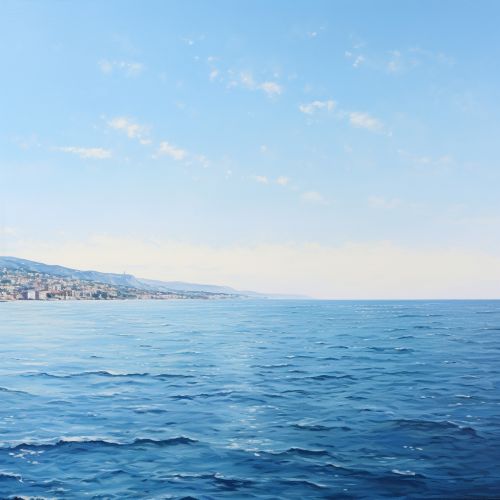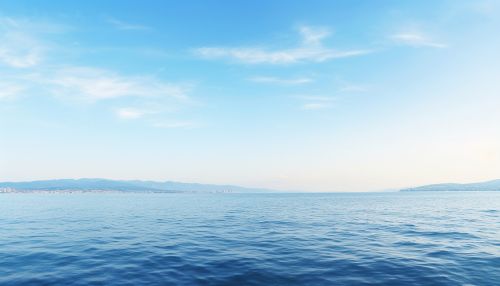Sea of Marmara
Geography
The Sea of Marmara, also known as the Marmara Sea, is an inland sea that connects the Black Sea to the Aegean Sea, thus separating Turkey's Asian and European parts. The Bosphorus Strait connects it to the Black Sea and the Dardanelles Strait to the Aegean Sea. The sea has an area of 11,350 square kilometers. The deepest point of the Sea of Marmara is 1,370 meters in the southwestern part of the sea.


Hydrology
The Sea of Marmara, similar to the Mediterranean, is a high salinity sea due to the evaporation of water. The salinity of the sea is about 22 parts per thousand, which makes it slightly less salty than the oceans but still more than the Black Sea. The water of the Sea of Marmara is a mixture of Black Sea water and Aegean Sea water, with the Black Sea water forming a surface layer that is less salty and less dense, while the Aegean Sea water forms a denser saline layer at the bottom.
Marine Life
The Sea of Marmara is home to a diverse range of marine life. It is a significant habitat for many species of fish, including the Bluefin Tuna, Mackerel, and Sea Bass. The sea also supports a variety of other marine life such as dolphins, seals, and a variety of shellfish. The sea is also a crucial bird migration route, with many species stopping in the area during their migration.
Human Interaction
The Sea of Marmara has a rich history of human interaction. It has been a significant route for maritime trade and naval warfare throughout history. The sea is surrounded by the city of Istanbul, which is a major global city with a rich history and cultural heritage. The sea is also surrounded by several smaller towns and cities, each with its own unique cultural and historical significance.
Environmental Issues
The Sea of Marmara faces several environmental challenges. Overfishing is a significant concern, with many fish species being overexploited. Pollution is another major issue, with the sea receiving pollutants from industrial and domestic sources. Climate change also poses a threat to the sea, with rising temperatures and changing precipitation patterns potentially impacting the sea's ecosystems.
